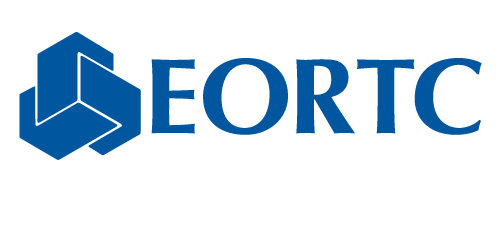Radiation or chemotherapy? Comparing survival, quality of life in patients with high-risk, low grade glioma
28 Sep 2016
Results of a EORTC study (EORTC 22033-26033) recently published in The Lancet* showed there were no significant differences in Progression-Free Survival (PFS), Health-Related Quality of Life (HRQOL) and cognitive function in patients with low-grade glioma who were treated with either standard radiotherapy or primary chemotherapy.
The study, which was conducted at 78 clinical centres in 19 countries, included adult patients (18+) with low-grade (WHO grade II) glioma with at least one high-risk feature. Patients were stratified by chromosome 1p status (absent vs present vs undetermined) and randomly assigned to receive either radiotherapy or temozolomide.
Of the 707 patients registered for the study, 477 were randomized. Four-year follow-up showed that the PFS was 39 months in the temolozomide group compared to 46 months in the radiotherapy group, demonstrating no significant difference in PFS in patients with low-grade glioma when treated with radiotherapy alone or chemotherapy alone.
Analysis of 318 molecularly-defined patients confirmed significantly different prognosis for PFS in molecular low-grade glioma subgroups. Patients with IDH mutated non-codeleted tumours treated with radiotherapy had a longer PFS than with temolozomide. Further analysis for overall survival and evaluation of predictive effects of different molecular subtypes for future individualized treatment choices will be performed.
“This is the largest study ever performed in low-grade glioma, and EORTC offers a unique capacity to run such multidisciplinary trials with full access to biological material,” said Dr Brigitta Baumert, principal investigator for the study. “Such a large database will allow the scientific community to develop further knowledge on the specificities of Glioma patients.”
The difference in HRQOL between the two treatment groups was also not significant during the first 36 months’ follow-up. Of those who could be followed up, 8% in the radiotherapy group vs 6% in the chemotherapy group demonstrated impaired cognitive function, indicating no significant difference in between the two groups.
“There has been an on-going debate about the benefit and impact of either radiotherapy or chemotherapy follow-up treatment for low-grade glioma patients after initial surgery,” said Dr Jaap Reijneveld, principal investigator for the quality of life arm of the study. “In order to help guide evidence-based decisions in this area it was important to perform a side-by-side comparison.”
These results, together with the high variability of the disease course, underline the need to individualise treatment strategies based on molecular characteristics and patient-specific variables.
* Temozolomide chemotherapy versus radiotherapy in high-risk low-grade glioma (EORTC 22033-26033)
* Health-related quality of life in patients with high-risk low-grade glioma (EORTC 22033-26033)
Related News
EORTC: Advancing research and treatment for rare cancers
29 Feb 2024
EORTC Fellowship Programme: celebrating more than 20 years of impactful collaboration
22 Feb 2024
Appointment of Malte Peters as EORTC Strategic Alliance Officer
9 Feb 2024
Unique series of workshops in partnership with the European Medicines Agency (EMA)
7 Feb 2024
EORTC launches a prominent clinical trial in older patients with locally advanced (LA) HNSCC (Head and Neck Squamous Cell Carcinoma)
14 Dec 2023
Seven IMMUcan abstracts selected for ESMO Immuno-Oncology Congress 2023
6 Dec 2023
EORTC Quality of Life measures integrated in CDISC
20 Nov 2023
EORTC and Immunocore are collaborating to launch the ATOM clinical trial of tebentafusp in Adjuvant Uveal Melanoma
7 Nov 2023
Treatment with decitabine resulted in a similar survival and fewer adverse events compared with conventional chemotherapy in older fit patients with acute myeloid leukaemia
31 Oct 2023
New results and forthcoming EORTC trials in rare cancers, lung, head and neck, and breast carcinomas presented at ESMO 2023
20 Oct 2023


